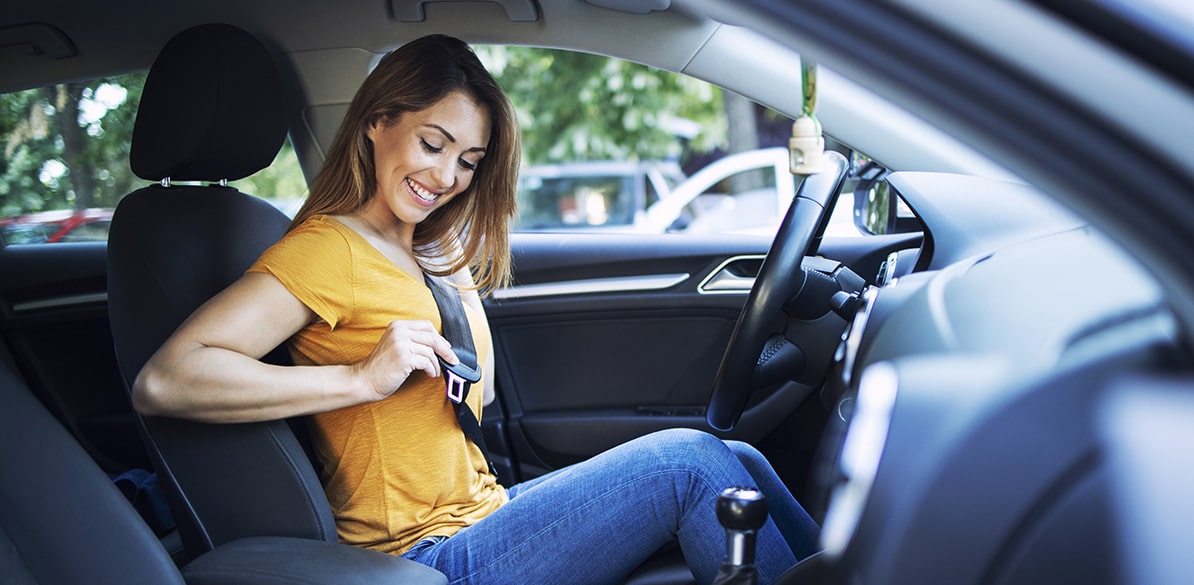The position of the front seat. A question of safety
Where we position the front seat influences child safety

Road Safety
A study has recently been published in Sweden on the effect the position of the front seats in a car has on rear-facing child seats. Without contradicting the statements found in the user manual for each child seat, which we must respect, the study is very interesting as it assesses how the front seat interacts with the child seat and whether this can improve or worsen the safety of the child.
The study’s findings do not indicate the best seating position with respect to the child seat because, depending on the particular elements involved, the child seat and the front car seat, the results differ. The study was carried out using various models of child seats and with different front seat positions: 50 mm apart, in contact with the seat, and with pressure between the child’s seat and the front seat.
In the latter case, the results are clear: there is a very high likelihood that the child’s head will come into contact with the seat, so this would be an inadvisable position.
What this study shows us is that where we position the front seat influences the safety of our children, since the immediate surroundings of the child seat may interact with it in the event of a collision.
This is even more important in the case of forward-facing seats; here the recommendation is clear: the front seat should be positioned as far away as possible from the child’s head and at least 450mm from the front of the child’s face. This simple gesture will ensure that in the event of a collision the head does not collide with the front seat, thereby minimizing the risk of head trauma, the most serious injury that can occur in an incident.
In conclusion, when positioning the front seat we must take into account the fact that, if there is no occupant in the front seat, it should be as far forward as possible with the backrest in an upright position; if that seat is occupied, the position of the seat must be such that the passenger is not touching the dashboard with their legs but the angle of the backrest should be as vertical as possible, without being uncomfortable for the passenger.
It is also important to understand that the environment interacts with the occupants in the event of a collision. For this reason, we must not place objects that could be thrown around in the child seat or on the rear seats themselves. In the event of a collision, the so-called “elephant effect” will emerge. This is simply the application of Newton’s second law, which states that an object of a given mass subjected to deceleration will impact with a force resulting from the product of that mass times the deceleration. Hence it is popularly said that in case of a collision a person weighs 2500 kgf, or a 500 g book ends up weighing 20 kgf.
Our bodies and other objects do not actually change their mass, but the force exerted is equivalent to what it would be if we weighed that much, so it is important that nothing in the car can hit a child in the event of a collision.
